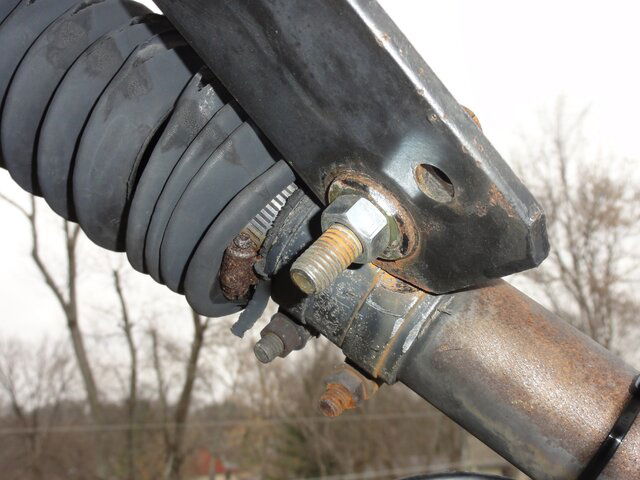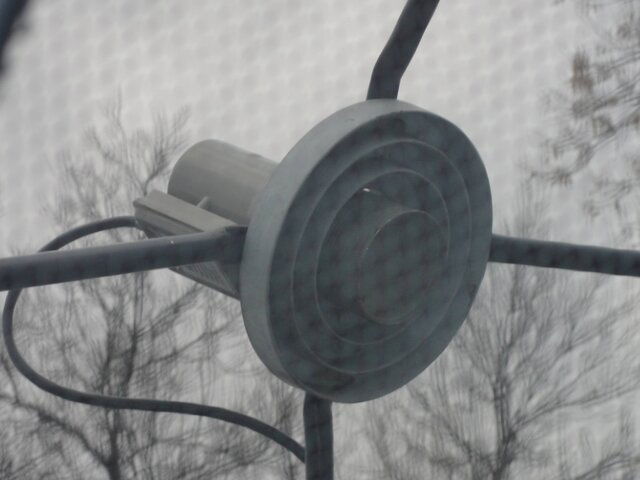Taking off the actuator, and letting it "flop over" is to make it "In reach"to adjust the feed. Only need to do if the feed needs adjusting and that's the only way to get the feed "within reach". If you can, Put the jack on the east side, fully retracted, with the dish as low as possible, adjusting the mounting of the actuator to the pole/mount side so it can still easily move the dish up. Maybe it will be within reach without unbolting it. ( this is one of the reasons to put the dish at ground level if at all possible, easier to work on) A small platform is a good idea, if possible. The first thing to check is the depth with the string. and do the numbers, and calculate the focal length. Then, as long as you have the string handy, is to to string it up down and left to right at the same time to see if the strings touch at the center. If they don't touch, or are more than a 1/4 inch from touching, Kinda bad news. That's whats called a "warped dish" and needs to be addressed.
Tell the wife that there is a "learning curve" for a BUD. just as there's the same "learning curve" to align a motorized Ku. It's the same result, ( a whole lotta channels to enjoy)but a whole new set of terminology and descriptions involved. Don't get too impatient and loose faith. You'll get it.
Tell the wife that there is a "learning curve" for a BUD. just as there's the same "learning curve" to align a motorized Ku. It's the same result, ( a whole lotta channels to enjoy)but a whole new set of terminology and descriptions involved. Don't get too impatient and loose faith. You'll get it.





